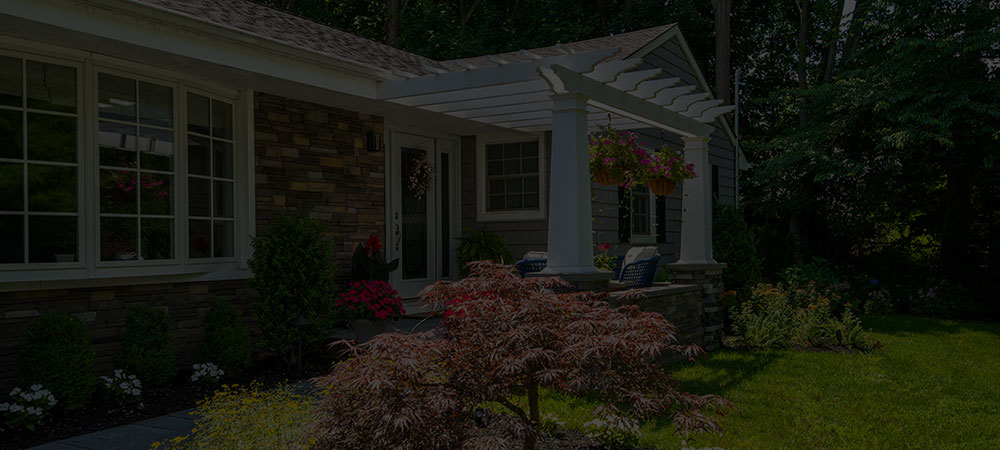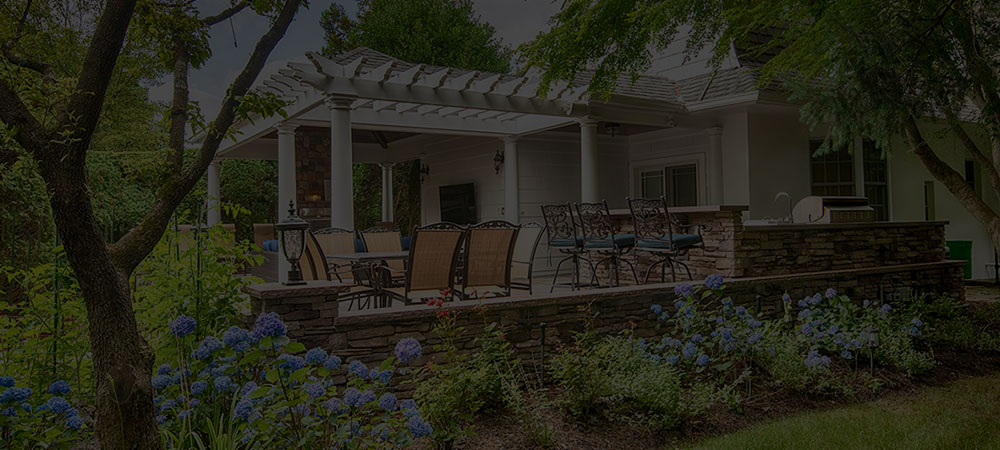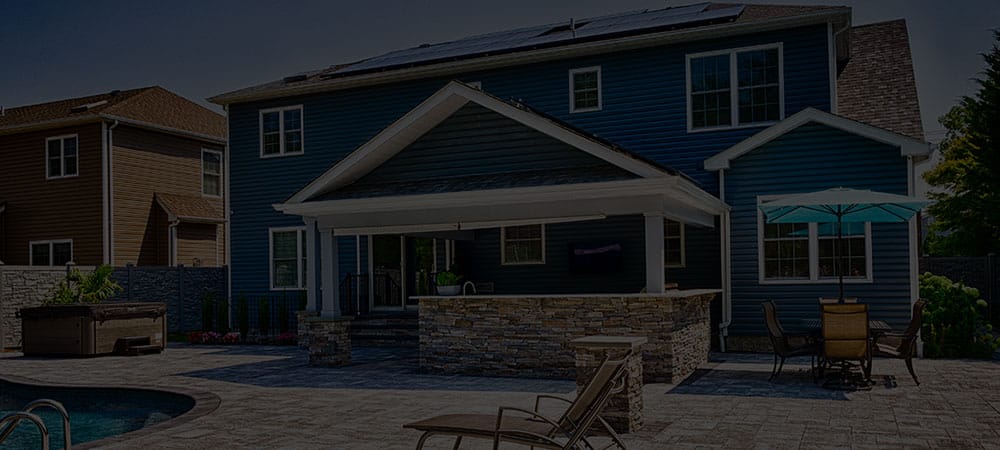When building a pergola, you will have to choose the right material for it. The best thing to do is to get help from pergola contractors. Now, even though there are modern materials like vinyl and cPVC, wood is still a beloved option, buying natural wood that is durable and withstands natural elements is expensive. Because of this, pressure-treated wood was introduced. But is it a good pergola material? Let’s know.
What Is Pressure-Treated Wood?
Pressure-treated wood is naturally sourced wood that has gone through the process of chemical treatment to make it more resistant to rot, decay, and insects.
In the pressure-treating process, the wood is placed in a chamber where it’s exposed to certain chemicals. These chemicals seep into the fibers of the wood giving it the characteristics that help it combat decay, insects, wear & tear, and rot much better than it could before the treatment.
Due to this, pressure-treated wood is preferred for outdoor structures like pergolas and decks when you need a low-cost yet durable wood.
A common misconception about pressure-treated wood is that the treatment makes the wood stronger than before. Although the pressure-treated wood becomes more durable by developing resistance against several problems, the strength of the material remains as it was. Here, strength refers to how much weight a material can hold.
Pros of Building A Pressure-Treated Wood Pergola
Now that you know the basics about pressure-treated wood, let’s know the benefits you will avail should you build a pergola made of this material.
Low Cost
One of the biggest benefits and probably the main reason people gravitate towards pressure-treated wood is its low cost. It’s one of the cheapest pergola materials out there. It may be less durable when compared to composite wood, but its low price tag justifies that because composite wood can be double or triple the cost of pressure-treated wood. So, for people who need a wood pergola built on a budget, pressure-treated wood is a lifesaver.
The low cost of PT wood is ensured by the selection of the material. Usually, wood species are used that are cheap and not great against moisture, insects, and other elements. They may include pine, fir, and spruce. After pressure treatment, they have better resistance against various outdoor elements at a small treatment cost. Hence, the low price.
The Rustic Aesthetics
Pergolas made of wood have an unmatched charm. As pressure-treated wood is also real wood, it also offers the same appeal that’s desired by many homeowners who want to build pergolas.
Better Durability
As explained above, pressure-treated wood is a chemically enhanced variant of its natural counterpart. So, it has better durability against moisture, decay, dents, termites, and other factors.
Versatility
Pressure-treated wood is versatile in terms of texture and color customizations. It’s a material you can stain or paint with any color or texture your heart desires. It is an excellent thing because if you’re someone who wants to match the pergola with already-installed structures in your backyard. You can do so comfortably by staining or painting your pressure-treated wood pergola.
Insect Repellant
We have covered that PT wood is resistant to insects and termites. However, the chemicals that the wood is exposed to make it insect repellant as well. Pergola made of this wood will repel insects and termites which will reduce damage to the pergola caused by them.
Your pergola will keep looking better for longer due to this characteristic of pressure-treated wood. Moreover, you may not need to use insect-repellant solutions as well.
Manufacturer’s Warranty
Pressure-treated wood has become a popular material for outdoor structures. And as it can last a good amount of time, you can now find many manufacturers offering warranty on pressure-treated wood. The warranty usually covers damages caused by decay, termites, or insects. This gives you peace of mind when investing in a pergola material knowing that your investment is safe.
Fairly Long Lifespan
The lifespan of a material should match its price and for its low cost, PT wood lasts a long time when compared to its untreated wood counterpart. Pressure-treated pergolas can last between 10 to 15 years. Keep in mind that many other materials may last longer but they are also more expensive than this option.
Cons Of Building A Pressure-Treated Wood Pergola
Pressure-treated wood has its share of drawbacks as well. Here they are:
Color Fade
Even though pressure-treated wood is treated with chemicals, certain characteristics aren’t changed. One of them is the wood’s reaction to the sun’s rays. With direct exposure to the sun, your pressure-treated pergola’s color may fade and turn a bit lighter and, in some cases, greyish.
A piece of tiny good news is that you can slow down this process by regularly painting and staining your PT wood pergola.
Splinters
Similar to real wood, splinters are common in pressure-treated wood. Splinters are tiny sharp pieces formed in wood that can be uncomfortable to touch and can also cause an injury.
Checking
Checking is common in regions that see extreme temperature changes. It leads to the freeze-thaw cycle. In the warmer season, moisture becomes trapped in the wood. This moisture freezes in winter causing it to expand. This can force the wood to split which is also called checking. You have to apply a water sealant regularly to prevent or reduce the checking.
High Maintenance
You may have already figured out when we mentioned in at least two points that you have to stain, paint, and water-seal the material at least once a year that it’s high maintenance. You’re right. Pressure-treated wood is a high-maintenance material.
Without proper upkeep, the pergola will sustain stains, blemishes, checking, and splinters more easily and frequently leading to a much shorter lifespan of the material.
Harmful Chemicals
As pressure-treated wood becomes what it is with the use of chemicals and preservatives, this also makes it harmful to living things and the environment. Direct skin contact with pressure-treated wood must be avoided. So, when working with this type of wood, wear safety goggles, gloves, and other gear before beginning.
Moreover, it can release harmful toxins when burned or cut. So, professionals are required to trim, cut, and install them.
In addition to that, some pressure-treated woods may not be suggested for gardens where edible plants are growing as the chemicals may be absorbed by the plants.
This can be a dealbreaker for many people. The chemical effects are not negligible so you must be careful. If you want to avoid chemicals, then choosing wood that’s naturally durable is suggested. However, it can be much more expensive. You should also check out composite wood.
Not For Indoor Projects
Pergolas are installed outdoors so you may not have to worry, but it’s important to know that due to the use of chemicals in PT wood, it’s not suggested for indoor use such as indoor flooring.
Conclusion
A pressure-treated wood pergola offers a wide variety of benefits. A major advantage is the low cost of the material making your pergola construction much affordable. Also, it would be resistant to decay, rot, and insects. But you have to keep up with its high maintenance and the fact that it’s not safe to touch, cut, or trim without safety gear. Contact custom pergola builders Long Island for material suggestions and installation.



